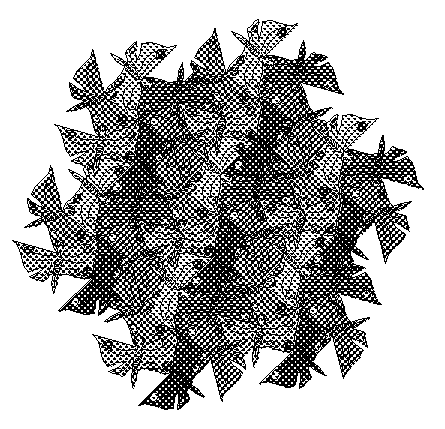A Lisp through the Looking Glass
submitted by John Sturdy for the degree of Ph.D. of the University of Bath 1991
Copyright
`Attention is drawn to the fact that the copyright of this thesis rests with its author. This copy of the thesis has been supplied on condition that anyone who consults it is understood to recognize that its copyright rests with its author and that no quotation from the thesis and no information derived from it may be published without the prior written consent of the author.'
`This thesis may be made available for consultation within the University Library and may be photocopied or lent to other libraries for the purposes of consultation.'
Summary
This thesis presents a new architecture for programming language interpreters, in which interpreters are not only first-class values, but are also arranged in a tower of meta-circular interpretation which is accessible reflectively---so that a program may modify elements of the meta-circular tower under which it runs, and thus cause changes in the manner of its own interpretation.
To facilitate such modification, we develop a representation for interpreters that splits each interpreter into a language (a collection of independently implemented constructs) and an evaluator (connecting the constructs together).
To implement such a mutable infinite meta-circular interpreter, we need another interpreter outside the tower, the meta-evaluator. We present this, along with a systematic way of linking it to the meta-circular tower. We show that a further form of meta-circularity may be introduced by bringing the meta-evaluator into the reflectively accessible part of the system; and that this may be repeated without limit, using the same techniques.
These techniques for meta-interpretation are then shown to be similar to the ``language and evaluator'' model for interpretation, and a concise version of the system is presented that uses common code for many of these functions.
Provision for reflective and mixed language facilities pervade the infrastructure of the system. We show that despite all this power, it is possible to implement such a system efficiently---well within an order of magnitude of the performance of a single-language non-reflective system---and we show how a wide range of languages may be implemented on this infrastructure, which also allows transparent mixed-language programming.
Acknowledgements
Acknowledgements are due to many:
- God
- for making the universe so very reflective
- Julian Padget
- for supervising and encouraging me
- James Davenport and John ffitch
- for assorted ideas and advice
- Phil Yelland
- for discussions of the more mathematical parts of reflection
- Jim des Rivières, Olivier Danvy and Karoline Malmkjær
- for comments
- My family and friends, particularly Nicky Sanders
- for encouragement
- Harlequin Ltd
- for providing facilities while I was working part-time on this thesis, and for writing the Lisp system I used
- My colleagues
- at Harlequin, especially Mark Tillotson, Colin Meldrum, and Pekka Pirinen, for assorted discussions on Lisp-related topics and advice on getting the fastest code from the compiler
- The friars
- for putting up with me at their guest-house, and particularly Brother Edmund for discussions on the metaphysics of reflection
- Other research students
- whose work overlapped with mine in time, particularly John, Russell, Val, Phil, Mary, Andrew, Daniel, and Isobel
- And, of course, SERC
- for funding the project---ever present, but usually only visible as a series of forms shadowing what was actually going on.
Table of contents
Chapters
- Survey
- Introduction
- The closure---a building block for computation
- How the tower levels are linked together
- Mixing languages
- Types, abstraction, and representation
- The standard evaluator
- Mapping linguistic and
semantic features onto the reflective system
- Procedure application
- Reflective and non-reflective calls
- Flow control
- Variables, bindings and assignments
- Types
- Objects and messages, and actors
- Parallelism
- Declarative languages
- Changing the implementation of features dynamically
- Evaluation order---strict or lazy
- Special substrate features for specific languages
- Summary of building languages with reflection
- A suitable language for the standard interpreter
- A model meta-evaluator
- The meta-evaluator
- Results
- History and future; related work; observations
- Reflections
- Summaries
- Survey
- Introduction
- Closures
- Links between levels
- Languages in closures
- The standard evaluator
- Types, abstraction, and representation
- Building languages with reflection
- The base language
- Reflective operators
- A model for the meta-evaluator
- An implementation of the meta-evaluator
- Results
- History and future
- Reflections
- Summary
Appendices
Tailpiece
As a tailpiece, the Escher picture used for the PostScript timing tests is presented here:
